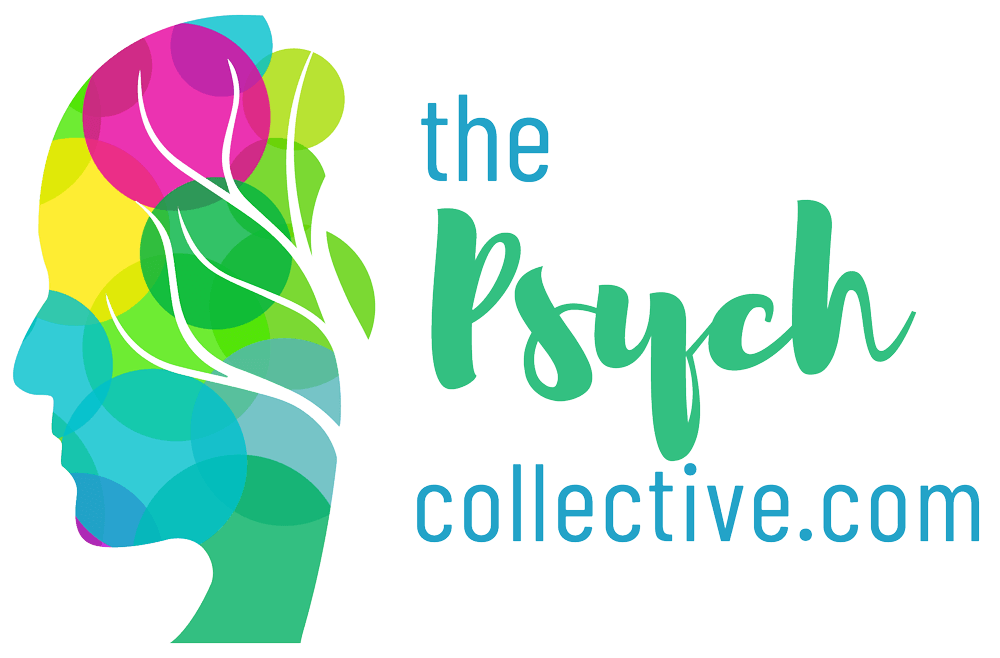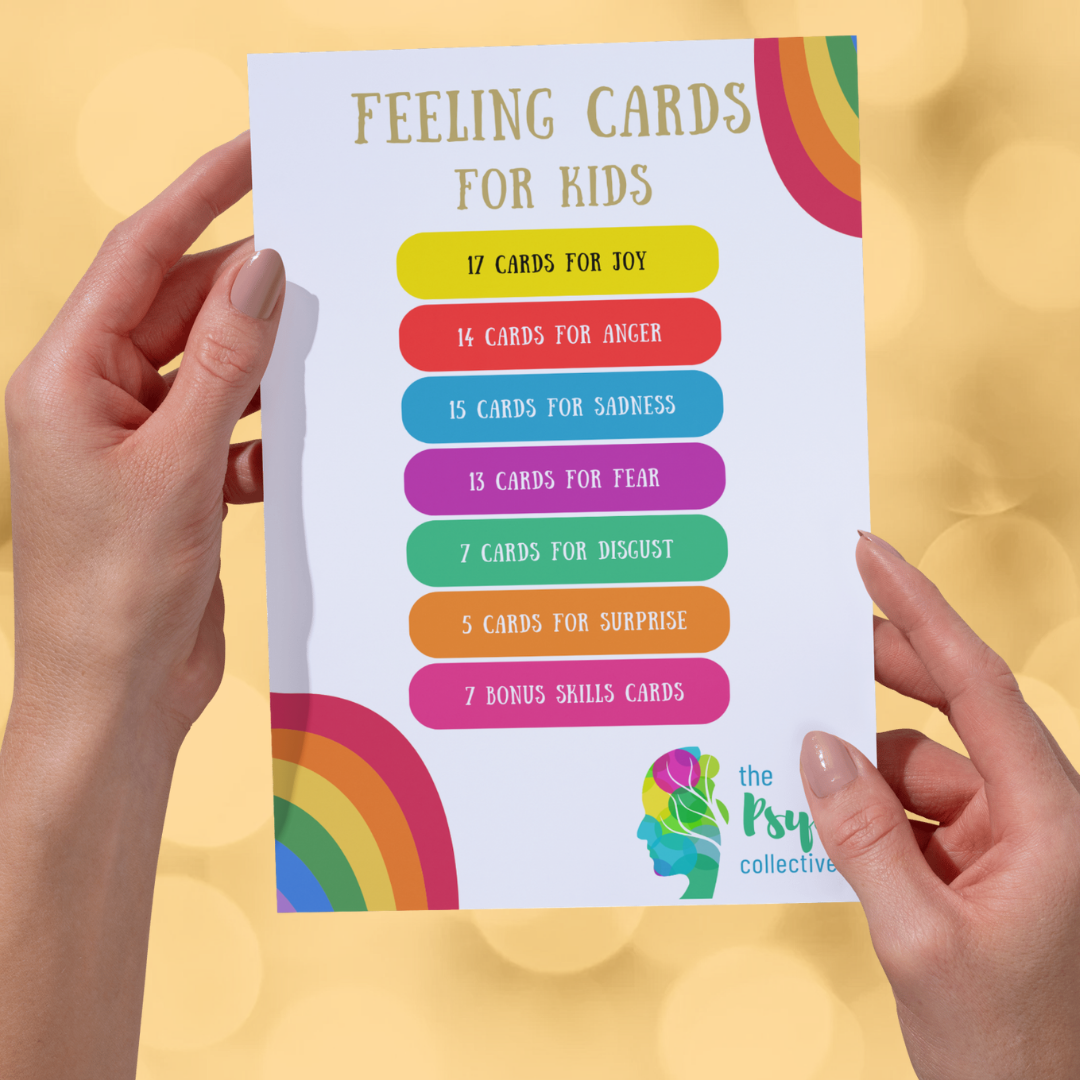How Naltrexone Might Help with Alcohol Addiction
In the complex world of addiction, where past pain and emotional scars run deep, finding a way out can seem daunting. However, new treatments like Naltrexone provide hope by helping us understand how the brain, emotions, and substance abuse are connected.
In this blog, we’ll explore how Naltrexone works to reduce alcohol cravings and prevent relapse, shedding light on its potential to offer individuals struggling with alcohol addiction a renewed sense of control and a path towards long-term recovery.

What is Naltrexone?
Naltrexone is a medication commonly prescribed for managing alcohol and opioid dependence. It works by blocking the pleasurable effects of alcohol and opioids, which helps individuals reduce their cravings and dependence on these substances. Unlike other medications that aim to reduce cravings or withdrawal symptoms, Naltrexone takes a unique approach by targeting the very mechanism that drives addiction - the brain's reward system.
Root Cause of Alcohol Addiction
Addiction often stems from past pain and unresolved emotional struggles. Trauma, stress, and tough experiences can leave lasting marks, leading people to turn to substances like alcohol for comfort. Alcohol's numbing effect may offer temporary relief by providing a break from inner turmoil. However, reliance on alcohol or other substances as a coping mechanism can quickly spiral into addiction, as individuals seek to recreate that sense of temporary relief again and again.
Impact of Alcohol Addiction on Emotional Well-being
Alcohol's appeal lies in its ability to change emotions. It numbs pain and brings temporary pleasure by flooding the brain with dopamine, which makes us feel good. However, this temporary relief comes with a price. Over time, alcohol messes up the brain's natural balance, leaving us feeling down and struggling to find real happiness.
In the complex world of addiction, the lack of positive feelings is a big problem. Naltrexone steps in by disrupting the brain's pleasure response. While it might feel strange at first, this disruption gives us a chance to find genuine happiness again, free from the grip of addiction.
Disrupting the Cycle of Addiction with Naltrexone
Naltrexone serves as a ray of hope amid the storm of addiction. By blocking alcohol's pleasurable effects, Naltrexone interrupts the addiction cycle. Without the promise of reward, alcohol loses its hold and becomes less appealing over time.
But Naltrexone does more than just curb alcohol cravings. By removing the artificial highs, it helps individuals face the emotional wounds fueling their addiction. With alcohol's numbing effects lifted, people can confront past pain, heal emotional scars, and develop healthier ways of coping.
Takeaway
As we learn more about addiction, we're discovering better ways to treat it. Naltrexone is one such treatment that offers hope for those struggling with alcohol addiction. It works by tackling the underlying causes of addiction and breaking the cycle of dependence. By helping people deal with past pain, heal emotional wounds, and find emotional balance, Naltrexone provides a pathway to recovery, guiding individuals towards a brighter future.
Looking for free mental health resources? Visit this
page.
Share
Categories
About Our Resources
We offer actionable resources and teach real skills to help people make meaningful change in managing mental health issues through different modes depending on people's learning preferences including infographics, text, worksheets, handouts and video.












